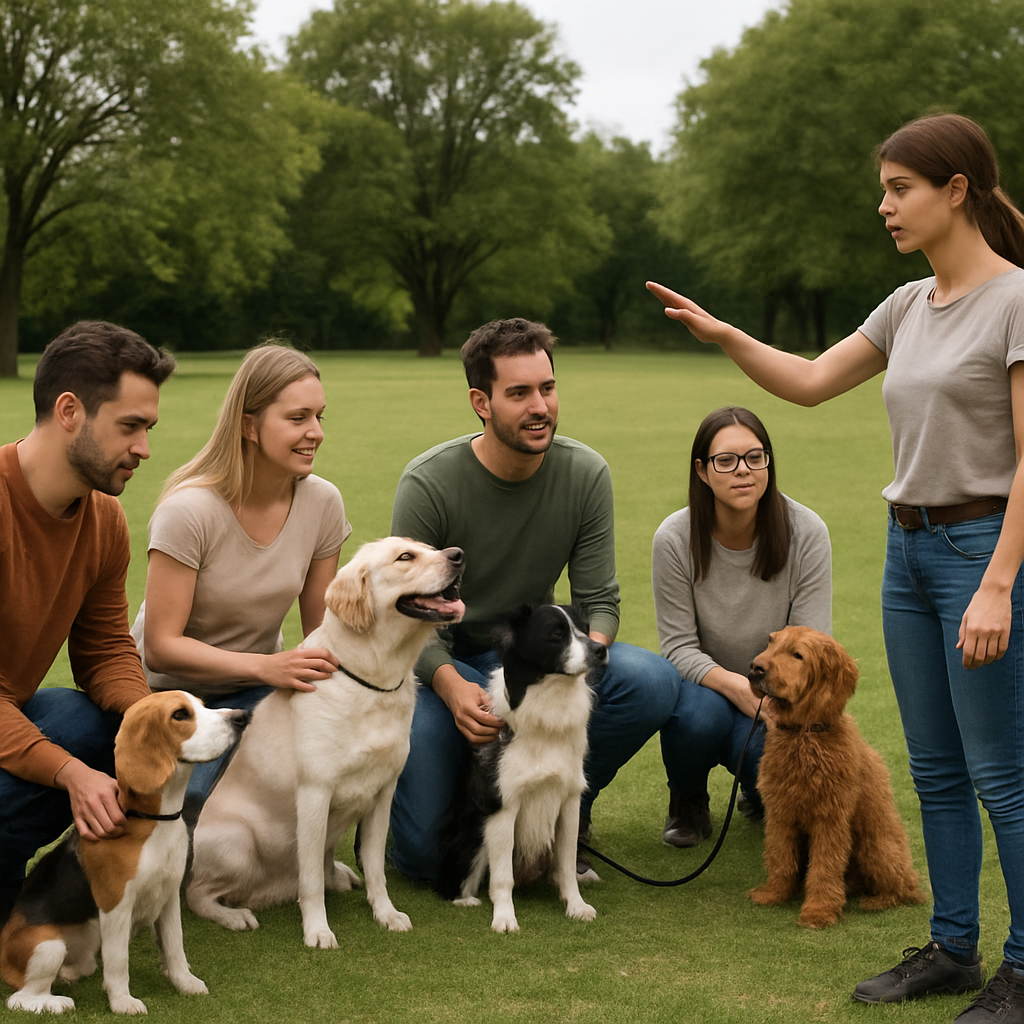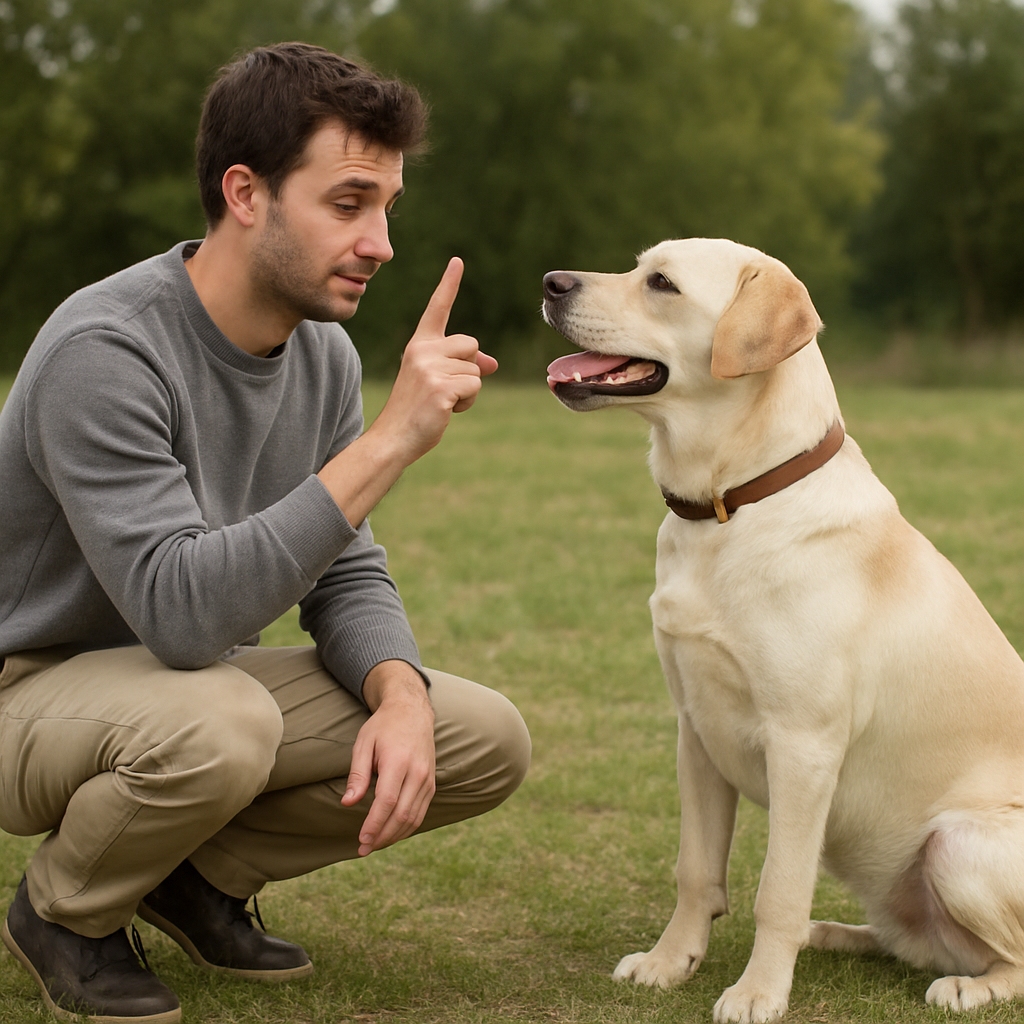What Dog Training Does Your Dog Need
Training your dog is one of the most rewarding aspects of pet ownership. It not only helps to build a strong bond between you and your furry friend but also ensures that your dog is well-behaved and can interact safely with others. Training facilitates clear communication between you and your pet, making everyday activities smoother and more enjoyable. With a variety of training options available, it can be challenging to determine which type of training is best suited for your dog. This guide will help you understand the different types of dog training and how to choose the right one for your canine companion.
Before diving into specific training options, it’s essential to understand the basic categories of dog training. Each type serves a unique purpose and can be tailored to meet your dog’s specific needs. Recognizing these categories will help you align your training goals with the appropriate methods. Whether you’re dealing with a rambunctious puppy or a seasoned adult, understanding the fundamentals of each training type can pave the way for a successful training journey.
One-to-one puppy training is a highly personalized approach, focusing on individual attention for your puppy. These private puppy training classes are designed to address specific behavioral issues, making them an excellent choice for dogs that might have special needs or require focused attention. This type of training also allows the trainer to adapt techniques to suit your puppy’s learning style, fostering a supportive environment for growth and learning. The individualized attention ensures that any unique challenges your puppy faces can be addressed promptly, leading to quicker progress.
- Customized training plans tailored to your dog’s unique needs. This means that training can be adjusted based on your dog’s progress, ensuring that they are neither overwhelmed nor under-stimulated.
- Flexible scheduling that fits into your lifestyle, allowing you to choose times that are convenient and less stressful for both you and your dog.
- Direct access to expert advice and guidance from a professional trainer. This can be invaluable for troubleshooting unexpected behavioral issues and getting immediate feedback on your training techniques.
Private dog training sessions are similar to one-to-one puppy training but are suitable for dogs of all ages. These sessions allow the trainer to focus exclusively on your dog’s behavior and training needs, addressing any underlying issues that may have gone unnoticed in a group setting. This type of training is particularly effective for dogs that may be easily distracted or stressed in group environments, providing a calm and controlled setting for learning.
- Personalized attention ensures that your dog’s specific issues are addressed, whether they’re related to obedience, aggression, or anxiety.
- The training pace is adjusted to suit your dog’s learning speed, ensuring that your dog fully understands each command before moving on to more complex tasks.
- Ideal for addressing specific behavioral problems or advanced training techniques that require a nuanced approach, such as agility training or scent work.
Group dog training classes provide a social environment where dogs can learn alongside other dogs. These classes are excellent for socializing your dog and teaching basic obedience commands. In a group setting, dogs learn to follow commands amidst distractions, which can enhance their ability to obey in real-world situations. Moreover, the presence of other dogs and people can help desensitize your dog to various stimuli, reducing the likelihood of fear-based reactions.
Benefits of Group Training Classes
- Dogs learn to interact with other dogs and people in a controlled environment, which is crucial for developing healthy social behaviors.
- Group settings can be more affordable than private lessons, making them an accessible option for many dog owners.
- Exposure to distractions helps reinforce training commands in real-world situations, providing a solid foundation for obedience in various environments.
Group Puppy Training
Group puppy training classes are specifically designed for young dogs. These sessions focus on socialization and teaching basic commands, helping puppies develop into well-behaved adults. The group environment provides a rich setting for puppies to learn how to communicate and play appropriately with their peers. This early exposure can prevent the development of fear or aggression towards other dogs, setting the stage for a confident and sociable adult dog.
Key Features of Group Puppy Training
- Puppies learn essential social skills by interacting with other young dogs, which is vital for preventing behavioral issues later in life.
- Basic obedience commands like sit, stay, and recall are introduced, providing a foundation for more advanced training as your puppy matures.
- Fun, interactive sessions keep puppies engaged and motivated, making learning an enjoyable experience for both the puppies and their owners.
Choosing the Right Dog Training Option
Selecting the right training option depends on various factors, including your dog’s age, temperament, and specific training needs. Here’s a guide to help you decide:
Assessing Your Dog’s Needs
- Age: Puppies benefit from early socialization and basic obedience training, whereas older dogs may require more specialized training. Consider starting with foundational training for young dogs and progressing to more advanced techniques as they grow.
- Behavioral Issues: If your dog exhibits specific behavioral problems, private training may offer the tailored approach needed to address these effectively. This can include issues like separation anxiety, excessive barking, or leash reactivity.
- Learning Style: Some dogs thrive in social settings, while others may benefit from focused, one-on-one sessions. Understanding your dog’s personality can help you choose the environment where they will be most comfortable and receptive to learning.
Finding a Dog Trainer Near Me
When searching for a “dog trainer near me,” consider the trainer’s experience, qualifications, and training philosophy. It’s crucial to find a trainer who uses positive reinforcement techniques and understands your dog’s unique needs. Look for reviews or testimonials from other dog owners to gauge the trainer’s effectiveness and compatibility with your training goals. A good trainer should also be willing to discuss their methods and provide a clear plan for achieving your dog’s training objectives.
Balancing Cost and Effectiveness
While private lessons can be more expensive, they offer a personalized approach that can lead to faster results. Group classes are more cost-effective and provide socialization opportunities but may require more sessions to achieve the desired outcome. Evaluate your budget and weigh the benefits of each option to determine which approach offers the best value for your specific situation. Remember that investing in quality training can prevent costly behavioral issues down the line.
The Importance of Consistency in Dog Training
Regardless of the training method you choose, consistency is key to successful dog training. Here are some tips to ensure your dog gets the most out of their training sessions:
Establish a Routine
- Set a regular schedule for training sessions to reinforce learning. Consistency helps reinforce behavior and makes it easier for your dog to understand what is expected of them.
- Use consistent commands and rewards to help your dog understand expectations. This clarity in communication will make it easier for your dog to respond appropriately to your cues.
Reinforce Training at Home
- Practice commands and behaviors learned in training sessions at home. This repetition in a familiar environment helps solidify learning and boosts your dog’s confidence.
- Engage in short, frequent training sessions to keep your dog’s skills sharp. Regular practice prevents skills from becoming rusty and reinforces the bond between you and your dog.
Celebrate Progress
- Reward your dog with treats, praise, and playtime for successful training. Positive reinforcement makes learning enjoyable and motivates your dog to continue performing well.
- Be patient and recognize that training is an ongoing process. Celebrate small victories and maintain a positive outlook to encourage continued progress.
Conclusion
Training your dog is an investment in their well-being and happiness. Whether you opt for one-to-one puppy training, private dog training sessions, or group classes, the key is to find a method that suits your dog’s personality and needs. By understanding the different types of dog training and considering your dog’s specific requirements, you can make an informed decision that will lead to a well-behaved, happy pet.
Remember, the goal of training is not just about teaching commands but also about building a strong, trusting relationship with your dog. With the right approach and consistent effort, your dog will be on the path to becoming a well-mannered companion. Happy training!


